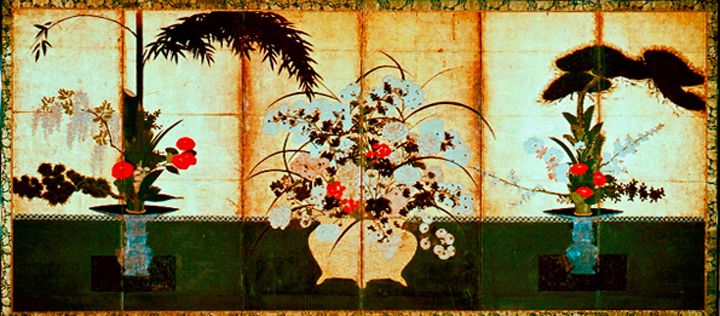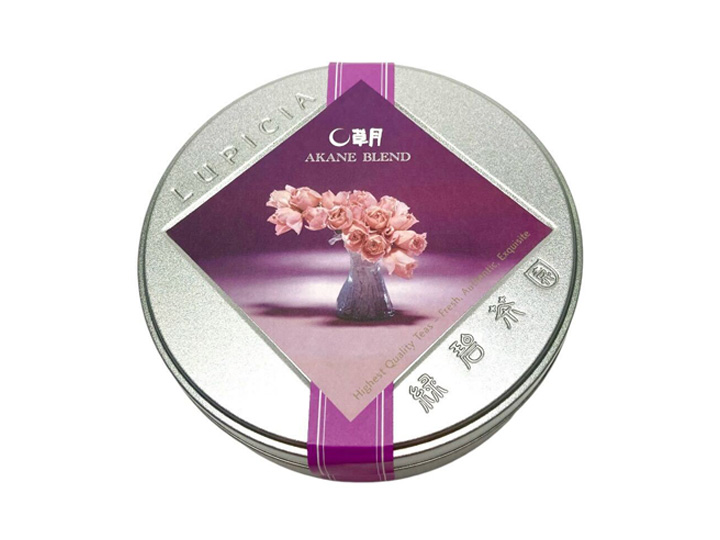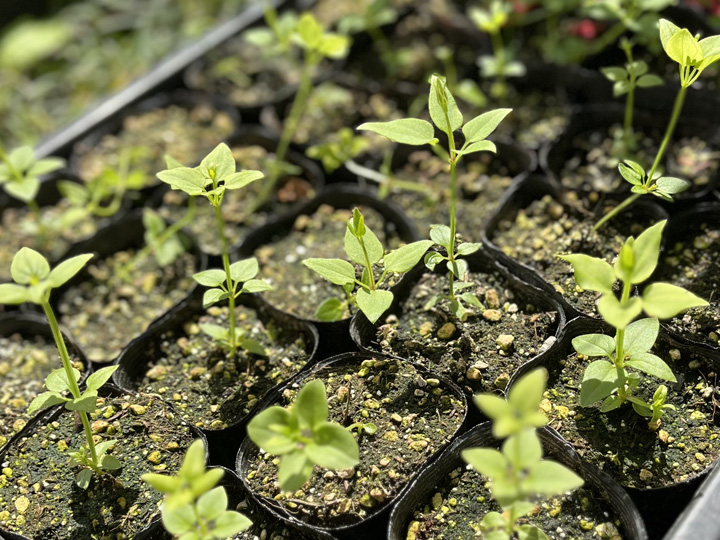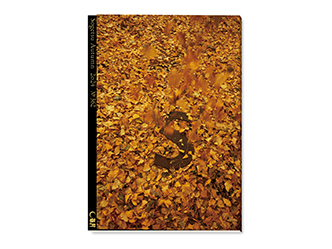28 Jun 2019
History of Ikebana
The truth about the origin of Ikebana is unknown. But it is thought to have come to Japan as part of Buddhist practice. Others say that from pre-Buddhist times, Japanese used evergreen trees and flowers to invoke nature gods and claim that this practice is at the heart of secular ikebana. Whatever the truth of these theories, Japan's deep communion with nature in the form of flowers, wild plants and trees is apparent even in the earliest of Japanese writings.
The truth about the origin of Ikebana is unknown. But it is thought to have come to Japan as part of Buddhist practice. Others say that from pre-Buddhist times, Japanese used evergreen trees and flowers to invoke nature gods and claim that this practice is at the heart of secular ikebana. Whatever the truth of these theories, Japan’s deep communion with nature in the form of flowers, wild plants and trees is apparent even in the earliest of Japanese writings.
Ikebana, as we would recognize it, first appeared in the Muromachi Period (from the late fourteenth century to the mid sixteenth century). It was during this period that much of what was to become viewed as traditional Japanese art and its canon of beauty was established. The Shoin-style of residential architecture, the tea ceremony, Ikebana, noh plays, renga verse and garden design, all have their beginnings in the Muromachi period.
This was not, however, a spontaneous flowering of popular culture. The daimyo and shoguns, feudal lords and generals gave the groups of artists, called doboshu, responsibility for aesthetics and techniques. Some doboshu concentrated on flower arrangement and produced a style, based on a standing branch in the center of the vase called tatebana. From this point on, masters of flower arrangement appeared one after the other. Ikenobo Senkei, a monk in the Rokkakudo in Kyoto remains the most influential. His style of tatebana, developed and taught by Ikenobo Senou and Ikenobo Senei, spread through the samurai class and aristocracy, side by side with an increasingly austere form of tea ceremony. From the Azuchi Momoyama period through the Edo period, Ikebana was a living art form and changed with the times in both major and minor ways.

In the Edo period, Ikebana underwent one of its most serious shifts. The Ikenobo style of tatebana, influenced by Senno Rikkyu’s chabana (simplified flower arrangements for tea rooms) jumped from the samurai warrior class to townsman or urban merchant culture and changed its name to Rikka. Eventually, as Rikka’s creative impulse faded and its geometric effect was lost in decorative complications, a new highly symbolic style Seika (or Shoka) appeared. Seika was based a triangular framework, ten-chi-jin, jo-ha-kyu or sin-gyo-so; all different ways of saying heaven-earth-mankind. Many new schools opened to teach the Seika style and the Iemoto system began.
With Meiji period modernization, Ikebana went into eclipse. The Meiji government, however, had early committed itself to educating women and later decided that this should be defined as training women to be “good wives and wise mothers”. The government literally decreed that, as part of this character formation, Ikebana, once a male art form, was from now on to be a standard part of women’s education. This decision established the basis for the revival of Ikebana and also, in one generation, made it pass from being a male practice to one open to women though women were forbidden almost by law to innovate in any major way.
In the late nineteenth century, when people began growing western plants, Ohara Unshin popularized a style, moribana that was used for the new western flowers in Ikebana arrangement.
In this way, Ikebana and its cultural environment have evolved with the flow of Japanese history.




